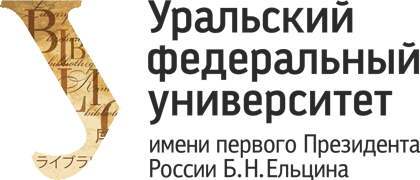Mass Political Culture and the “National Discussion” of the Stalin Constitution in the Concept of Olga Velikanova
DOI:
https://doi.org/10.15826/qr.2020.2.488Keywords:
Stalinism; 1936 Constitution; public opinion; political culture; reformsAbstract
This review analyses a monograph by O. Velikanova, an American historian of Russian descent. The work focuses on the interaction of the Bolshevik authorities with the USSR’s population during the most large-scale political campaign of the early Soviet era, the “national discussion” of the draft version of the Stalin Constitution in the second half of 1936. Special attention is paid to the author’s method with various sources: from official legislation to classified document management, including several previously unpublished documents. The author aims to theoretically substantiate the existence of the phenomenon of mass political culture in the Soviet reality of the 1930s at the individual and group levels. Additionally, the author provides arguments illustrating the need to study the social perception of power practices during the mobilisation campaign by the civilian population and confirms the effectiveness of the results. Attention should be paid to the author’s justification of the point of view about the early date (1933) of the start of the constitutional reform in the USSR. The author proves the thesis about the large-scale social conditions that arose as a result of the extreme events of the early 1930s. Velikanova explains the goals of the reform of the USSR constitution in the context of domestic and international realities of the mid‑1930s and the relations of the supreme leadership of the Soviet Union with regional functionaries and mass groups of the population. The author’s attention focuses on the causes and forms of perception of the campaign and the discourses in relation to the draft version of the Stalin Constitution. Velikanova analyses and explains both loyalist (conformist) and liberal (both conformist and protest) discourses, and the insufficiently studied positions of the part of the population which supported the reinforcement of the repressive antidemocratic policy of the authorities, concluding that the spread and influence of protective tendencies in society were sufficiently strong. The reviewer appreciates the author’s contribution in the form of a detailed consideration of mass sources, although the method of working with them could be a subject for discussion. Finally, it is emphasised that, beyond any doubt, the author’s position and conclusions are valuable for further interdisciplinary studies of the nature and evolution of Stalinism in the USSR.










